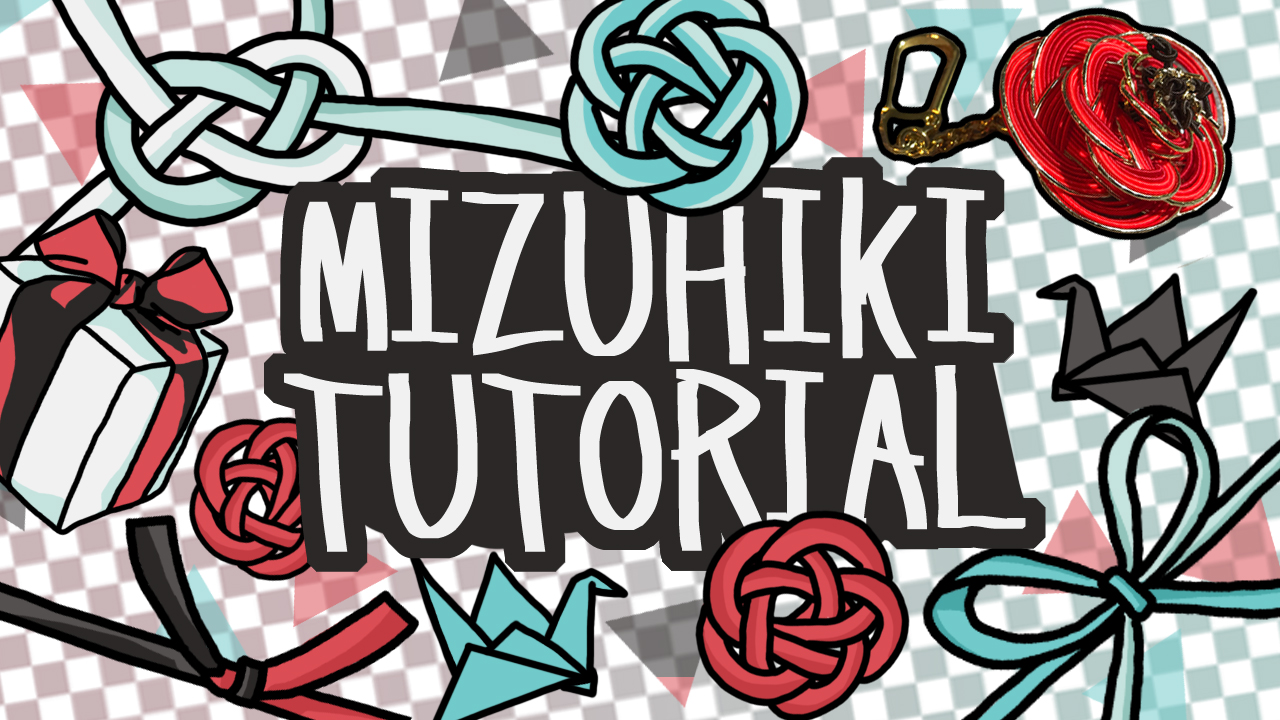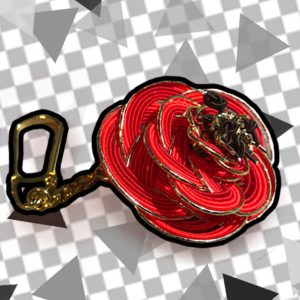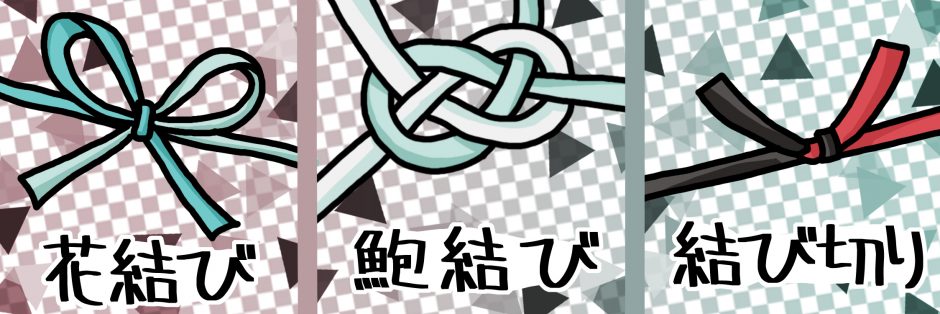
Mizuhiki – The Art of Knotting Cords
#1 Introduction

A Mizuhiki Keychain
Mizuhiki – bright, colourful cords tied into beautiful knots, ribbons and even 3-dimensional sculptures. The cords are made out of Japanese washi paper and then dyed into over 200 different colours. Mizuhiki is used for traditional Japanese ceremonies and can be found all over the country. In Iida, a small city in Nagano Prefecture, Mizuhiki has a long history.
#2 History
Mizuhiki is said to be over 1400 years old. There are different accounts on its exact origin, but it is commonly believed that in 607 A.D. – during the Ming Dynasty – a Japanese delegation brought the Emperor a gift from China, beautifully wrapped in white and red twine. This caught on and soon people started wrapping their gifts the same way, without knowing the original meaning behind it. The name itself comes from the Heian Period [平安時代], which was from 794 to 1185 AD.
During the Edo Period [江戸時代, 1603–1868] the Samurai in Iida were ordered to learn the art of Mizuhiki. At the time samurais tied their hair up into a topknot using the strong washi cords. The cords were also used for a variety of other products, such as umbrellas, as they are very durable and waterproof. After the Edo Period ended, people started wearing their hair shorter, as western style started to have a larger influence. Due to this, Mizuhiki fell out of fashion. This didn’t stop artisans though, as they created new, stronger ways to create Mizuhiki during the Showa Period [昭和時代, 1926–1989]
Today Mizuhiki is still used on special occasions and for traditional ceremonies. Today, 78% of all Mizuhiki is produced in Iida.
#3 Mizuhiki Uses
Mizuhiki is used on a bunch of different occasions – as big decorative sculptures or to mark special envelopes.
結婚式 [Kekkonshiki – Wedding]
Sculptures are very often used as wedding decorations. Big, intricate sculptures are created for table ornaments. The brides Kimono and hair clips are very often made out of Mizuhiki as well. Special Mizuhiki coloured using silk is used here.
金封 [Kinpuu – Japanese Money Envelopes]
Kinpu are a special type of folded washi envelope used to offer congratulations or condolences. The envelope is meant for money, and the amount of money given is proportionate to the closeness of the relationship the giver has to the receiver. Kinpu can be purchased in every stationery and even most 100¥ stores. Be careful when purchasing them though, as the shapes and colours used all have different meanings. The type of knot is also very important. It would be best to avoid using a Kinpu intended for funerals at a wedding.

Mizuhiki knot styles
- 花結び [Hanamusubi] – This ‘flower knot’ is used for events that should happen repeatedly. such as auspicious occasions, anniversaries or general thanks. The idea behind it is that the knot can be easily untied and retied, signalling that the event should happen again
- 鮑結び [Awabimusubi] – This type of knot can be untied, but only with great difficulty. It looks like the shell of the abalone shell [鮑 – Awabi]. This knot can be used for both happy events and for times of mourning. It symbolizes the hope for a good, long-lasting relationship.
- 結び切り [Musubikiri] – This is a knot that can not be untied, signifying that the giver does not hope for the event to occur again. At weddings, the Musubikiri knot is used to show that the giver wants the couple to stay together. It is also used at times of mourning or great misfortune.
You can always just use Mizuhiki to decorate regular envelopes as well, just make sure to choose the correct type of knot.
#4 Tutorial
If you try and make your own flower, leave a comment down below or tag me in a picture on Instagram or Twitter.
#5 Wrap-Up
Thank you so much for reading – I hope you learned something new about Japanese culture and gift giving in Japan. If you want to read more about gift giving, I have a complete guide here. If you want to try some more Japanese crafts, I have a simple sewing tutorial here.
As always, until next time,
Send a postcard,
Yona
[…] I had so many opportunities to try out so many cool things, like Kodō – The way of Incense, Mizuhiki – The Art of Knotting Cords, Sadō – Japanese Tea Ceremony and Shodō, Japanese Calligraphy. There are so many cool things I […]